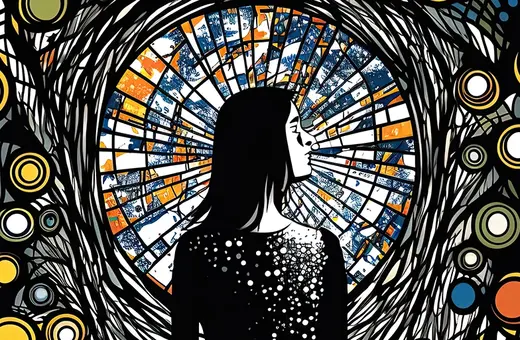Each era is defined by what it takes to be the supreme object of love. For a long time in the Western world the romantic lover has been that object. But parental love towards the child is now becoming the archetypal love, argues Simon May.
What we in the Western world, or at least in much of Europe and North America, take to be the supreme object of love has been undergoing a historic change since about the middle of the nineteenth century. For Plato, in one of his voices, it was absolute and eternal beauty— or creation of, and in, beauty; for Aristotle it was the perfect friend; for the Christian worldview that dominated for many centuries it was God; for the troubadours of medieval Europe it was the (usually unattainable) Lady, seen as a repository of virtue; for the seventeenth century philosopher Spinoza it was nature considered as a whole; from the late eighteenth century it became the romantic-erotic partner — or, more rarely, nature or art; for psychoanalytic thinking, it is the parent, or rather some internal representation of the parent; but now, the supreme object of love is coming to be the child.
In other words, romantic love is gradually giving way to parental love as the archetypal love: the love without which one’s life cannot be deemed to be complete or truly flourishing; the love that traces, or points to, the domain of the sacred. As a result, to violate the child— or the parent-child bond— is now ultimate sacrilege, the contemporary equivalent of desecrating the divine.
___
So why, in our era, might the child be elevated to the supreme object of love?
___
We take this sacredness of the child so for granted today that it is easy to forget that child labour, child prostitution, and even child murder were widespread in, for example, England and the United States, until as recently as the late nineteenth century. Until then children were widely regarded as economic assets, and had few rights in law. The American historian Walter Trattner reported that in the United States some as young as ten toiled for a pittance in the blinding dust of coal processing plants. According to the historian of childhood, Colin Heywood, in England, “of the 5,314 cases of homicide recorded by the Registrar General between 1863 and 1887, 3,355”— a full sixty-three percent— “concerned a child under 1 year of age.” In other words, according to such statistics, children were more likely to be murdered than any other age group.
In suggesting that the child has become the supreme object of love, I am in no way implying that in previous ages parents didn’t love or protect their children, or accord them intrinsic rather than merely instrumental value. Many, of course, did, indeed fiercely so; and evidence for this is to be found all the way back to biblical and classical sources. Still less am I proposing that the elevation of the child to the archetypal object of love means that no parents are now neglectful, resentful, violent, or otherwise abusive toward their children. Clearly some are. Ideals inevitably draw attention to the degree to which they are betrayed— just as, in the centuries when God was unquestionably taken to be the supreme object of love, believers surely took the divine name in vain again and again.
So why, in our era, might the child be elevated to the supreme object of love?
___





















Join the conversation